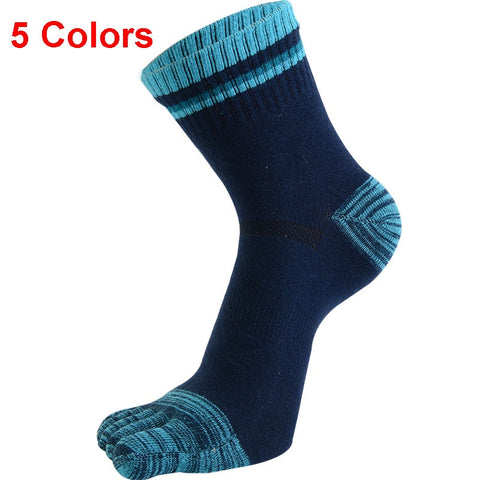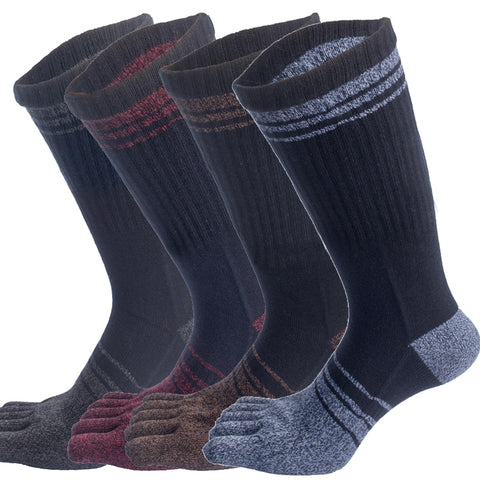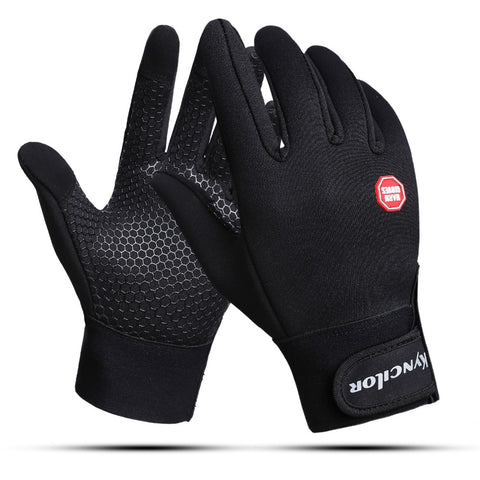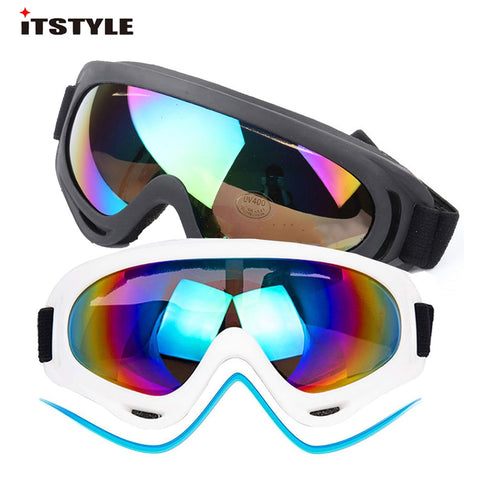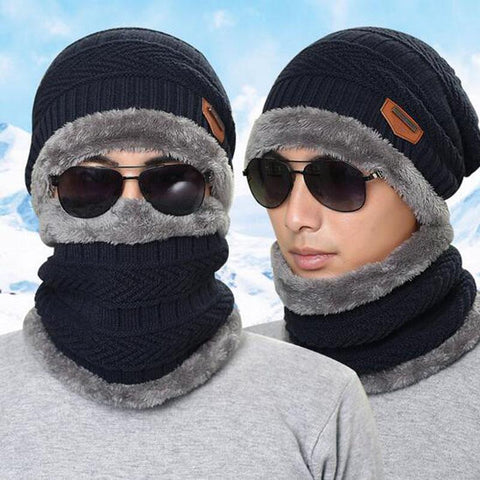Clearance Snowboard Bindings | Discount for Every Buy
Clearance Snowboard Bindings | Discount for Every Buy0 Products
No products found in this collection.
The Importance of Quality Snowboard Bindings
Snowboarding is much more enjoyable if you have good bindings. They are the link between you and the board, after all. The best snowboard bindings will not only let you ride with complete freedom but will also keep you secure and comfortable as you carve up the mountain.
The first is the stability and control that high-quality bindings provide you. Binding aids in balancing and keeping your board oriented in the direction you want it to travel, whether you're doing a basic turn or a complicated trick. If you want to progress as a snowboarder and have a more enjoyable and secure experience on the slopes, this is a must-have.

Also, good bindings allow you to tailor your ride to your personal preferences and demands. It's possible to ride a broad variety of boards, each with its own set of binding requirements.
There is gear out there that may tailor your ride to your exact preferences, whether you're looking for firmer bindings for forceful riding or lighter bindings for freestyle rides.
Last but not least, reliable bindings ensure your comfort on the mountain. Bindings play an important role in snow sports because they assist in distributing the rider's weight throughout the board, minimizing fatigue and facilitating the rider's ability to maintain a steady and upright stance.
Simply put, if you care about your own safety and performance on the slopes, you must invest in high-quality snowboard bindings. Investing the effort into finding the perfect pair might be the difference between a good day on the slopes and a bad one.
What to Look For in a Binding?
There are a few key features to look for when searching for snowboard bindings:
- Fit: The fit of the binding is arguably the most essential element in choosing the proper binding for you. There shouldn't be any wiggle space for your boots in the bindings.
- Flex: Your binding's flex should be similar to that of your boots. Having your feet in the bindings should result in very little resistance when flexing the bindings. In the mountains, this will mean more command and ease.
- Look for bindings with high backs and straps that can be adjusted to fit your needs. It will aid you in locating a suitable fit for your boots and gait.
- Look for sturdy materials like aluminum or polycarbonate when making your purchase. All-weather materials are a solid investment.
- Strap design: When picking a snowboard binding, comfort is of the utmost importance, therefore keep cushioned straps in mind. Try to get bindings with a cam locking mechanism that lets you tighten your straps with minimal effort and time.
Snowboard and Bindings Compatibility
Snowboarding, a hybrid of skiing, skateboarding, and surfing, is gaining in popularity every winter. The right gear is required to begin snowboarding. Make sure the snowboard and bindings you buy are designed to work together.
It's important to use the right binding with your snowboard model. Binding compatibility also depends on the board's structure and the size of your boots' footprint. A broad snowboard, for instance, needs a correspondingly large binding to prevent overhanging.

For optimal performance and management, bindings and boots are meant to have a close, snug fit. Finding the appropriate size is critical for success. Uncomfortable rides and loss of control can result from boots that are either tiny or too huge. When trying on boots, it's crucial to make sure they won't interfere with the snowboard's bindings.
Choose bindings based on how well they accommodate your weight, riding style, and personal preferences. Freestylers benefit from increased mobility with flexible bindings, while all-mountain riders like the added stability of stronger bindings. Boot size and flexibility are two factors that determine which binding you should use; boots that are too big or too tiny might limit the binding's shaping range.
Maximum performance from freeride and all-mountain boards calls for more rigid construction, whereas freestyle boards are built to be more flexible for easier mobility. Picking a snowboard and bindings that don't work together might reduce the board's performance and make it harder to steer.
Choosing the appropriate snowboard and bindings is important for peak performance on the slopes. When shopping for complementary products, it's crucial to pay close attention to specifics like sizing, width, flexibility, and boot fit. You can probably discover a design and set of features that suit your demands and riding style with a little bit of investigation.
Strap and Fast-Entry Bindings
Bindings attach the boot to the ski, and there are a few distinct kinds. The fundamental distinction between the two is the method used to attach the skier's foot to the ski. Often referred to as "cable bindings," strap bindings consist of two straps that are wrapped over the rider's foot and then attached. Rather than using a strap, fast-entry bindings use ratcheting mechanisms and molded components that fit over the skier's foot and lock into position.
Strap bindings, in comparison to fast-entry bindings, are often lighter and more flexible, resulting in increased control. In addition, there are just two straps that need to be adjusted to accommodate skiers of varying heights and weights, making them more versatile. The straps' all-around coverage of the boot means they also contribute to the wearer's lateral stability, which is useful on rough terrain. However, because each strap must be adjusted separately, strap bindings are typically more difficult to put on and remove.
Some riders who need more flexibility may find fast-entry bindings less suited to their needs since they are heavier and stiffer than strap bindings. These bindings need a more involved entrance procedure since you must first depress a lever before stepping into the binding. Furthermore, fast-entry bindings typically call for specific equipment in order to perform changes or repairs.
In the end, your riding preference and skill level will determine which type of ski and snowboard binding is best for you. Some riders, such as beginners or those who value control, may prefer strap bindings, while more experienced riders and those who value ease of entry may prefer fast-entry bindings. Finding the right binding requires some research, including reading reviews and trying out a few various models.
Taking Care of Your Snowboard Gear
Your snowboarding gear will last longer if you take care of it, and it will be ready to go every time you want to hit the slopes. Listed below are some suggestions for maintaining your snowboarding gear.
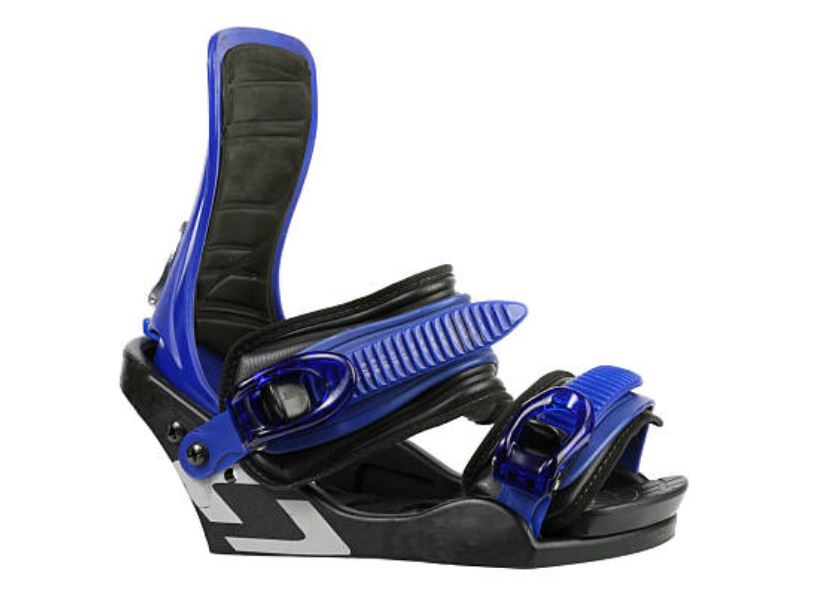
Before putting your snowboarding gear away for the season, give it a quick wipe-down to remove any traces of dirt and moisture. The board, bindings, boots, and helmet, as well as any other equipment you brought along, may be cleaned with a damp rag.
Hang it up: Storing your snowboard equipment vertically can help keep it clear of dust and other things that might eventually damage it. When you're done cleaning your snowboard, bindings, boots, helmet, and other gear, hang it up on a hanger that won't damage your investment.
Keep your snowboarding equipment in a dry, cold spot so that condensation doesn't collect and corrode the metal components. Keep the equipment out of direct sunlight to extend its life and keep plastic from bleaching or melting.
Take precautions against sharp objects: keep your snowboarding gear away from anything that might cause a puncture or scratch, such as knives or keys. Any sand or grit that can get trapped in the seams of your boots should be avoided as well.
Waxing the board after every few rides helps maintain the base lubricated, allowing for easy sliding, and tuning it up every other ride ensures that the edges stay sharp enough for precise maneuvering.
If you want the finest results from your snowboard, having it serviced by a professional every couple of seasons is a must. If you want your equipment to function correctly and survive longer than planned, having a professional examine it and advise you on any damage you may have overlooked is a must.






